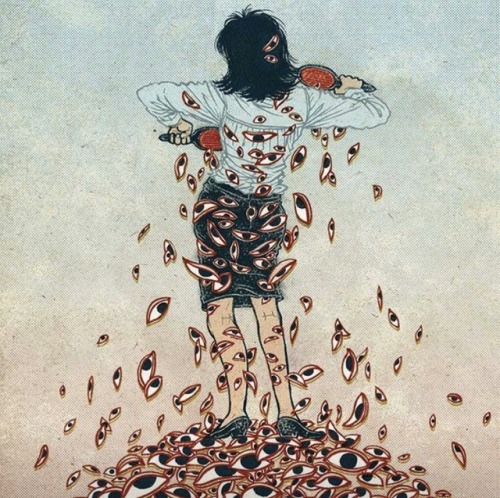#japanese womens history

A woman only identified as “Shiori” was the first to speak out to news media in Japan’s #MeToo movement. Shiori was assaulted in a hotel room in 2015 by a very famous Journalist who has written books about Prime Minister Abe. Shiori has yet to recieve justie
The tag #FightTogetherWithShiori has since become synonymous with #MeToo and #TimesUp on Japanese Twitter.
#FightTogetherWithShiori
This is the first woman in Japan to speak out in a high profile sexual assault case against a very famous journalist who has written books about Prime Minister Abe. The first of the #MeToo movement surfacing in japan was based on this case that came out May 2017 as the first brave voice to speak up.
The #MeToo movement in America has greatly helped give women the courage globally to speak up against sexual assault and violence
Now, #standtogetherwithshiori has become the Japanese #metoo and #timesup synonymous rally cry.
Friends of Japan and global women’s rights, I implore you to add #FightTogetherWithShiori to your tweet about women’s rights so you can show your support for Japanese women’s liberation
General Japanese Womens Rights Tags (that are the most active)
#kutoo (movement to ban mandatory heel wearing in offices for women) @Ishikawa_yumi started the movement
#hervoicejp#女声を聞け (same tag in Japanese)
#withyellow (women who keep girls from being molested by accompanying them during entrance exams)
#痴漢許さぬ漢の会 (molesters are not allowed in our society)
#大丈夫ですかプロジェット (are you okay? Project, reaching out to victims of sexual assault)
—
Translates Feminist Issues to English
—
@ishikawa_sachi
@unseenjapansite
“Dusting off the Male Gaze” by Yuko Shimizu for Chronicle of Higher Education. Published in their Women and Power in the Academy issue where multiple artists were asked to illustrate their tales on #metoo.
Post link


Famous Japanese Feminist Authors. Left Yoshiko Yusa who was a famous russian/japanese translater and right her long term partner, another feminist author Toshiko Tamura.

Seito women at a new years party in 1913
The Seito magazines would later become a cornerstone of Japanese Feminism as it covered female-exclusive experiences and voices.

First issue of Seito in 1911, which became an integral part of the Japanese Women’s Rights Movement.
“The magazine’s name, Seitō, translated to “Bluestockings,” a nod to an unorthodox group of 18th-century English women who gathered to discuss politics and art, which was an extraordinary activity for their time.
But Seitō was not intended to be a radical or political publication. “We did not launch the journal to awaken the social consciousness of women or to contribute to the feminist movement,” wrote the magazine’s founder, Haruko Hiratsuka, who went by the penname Raichō, or “Thunderbird.” “Our only special achievement was creating a literary journal that was solely for women.” Raichō was most interested in self-discovery—“to plumb the depths of my being and realize my true self,” she wrote—and much of the writing in the magazine was confessional and personal, a 1910s version of the essays that might now be found in or Catapult.
Women’s feelings and inner thoughts, however, turned out to be a provocative challenge to the social and legal strictures of this era, when a woman’s role was to be a good wife and mother. The Seitō women imagined much wider and wilder emotional and professional lives for themselves. They fell in love, they indulged in alcohol, they built careers as writers, and they wrote about it all—publicly. The stories were radical enough that the government censored them. The story that prompted policemen to visit the magazine’s office late at night was a piece of fiction about a married women writing to her lover to ask him to meet her while her husband was away.
As they attracted public attention and disapproval, instead of shying away from the controversy they’d created, the editors of Seitō were forced to confront more baldly political questions, and this in turn earned them more banned issues. In the pages of their magazine they came to debate women’s equality, chastity, and abortion. Without originally intending to, they became some of Japan’s pioneering feminists.”
-Excerpt from HERE documenting women’s history in Japan
Nobuku Yoshia’s Stories on Forbidden Lesbian Love Started Shoujou Manga Genre


A prominent lesbian writer in the Taisho and Showa era, she is most famous for books like “Husbands are Useless” and “Virgins in the attic” she began using motifs that would later make women the prominent shoujou manga writers as they could imagine themselves in these positions.

